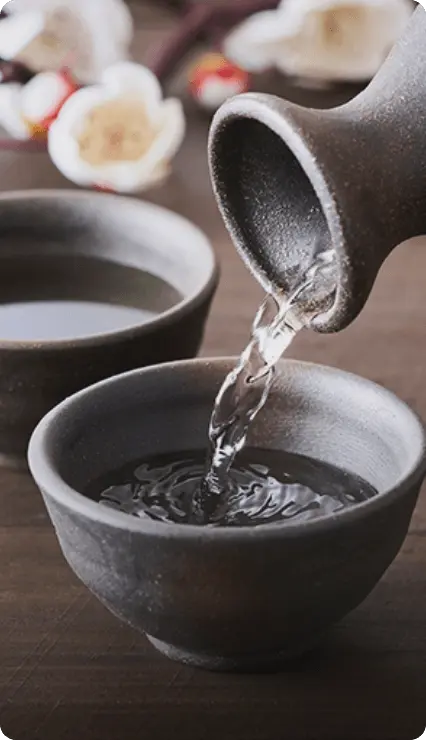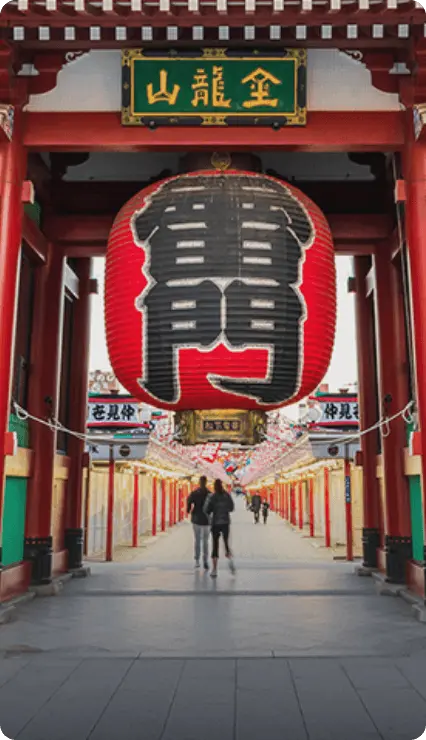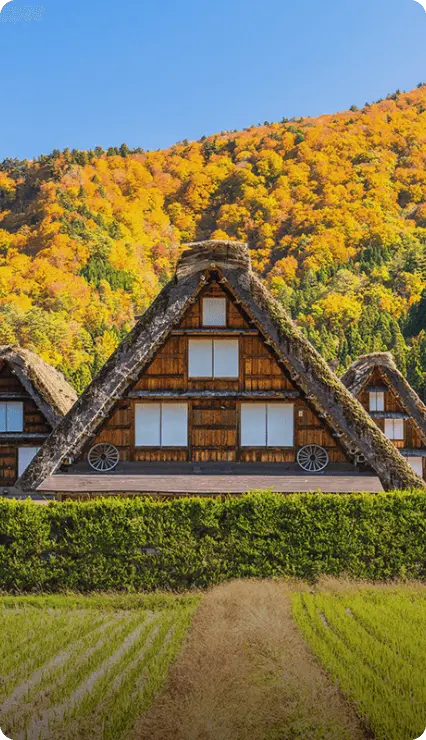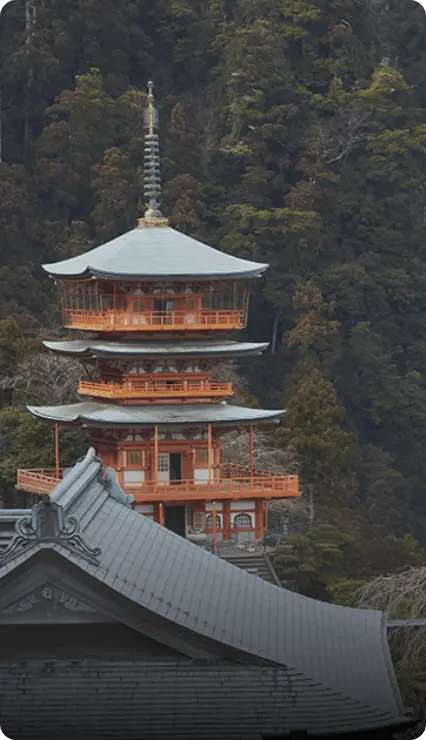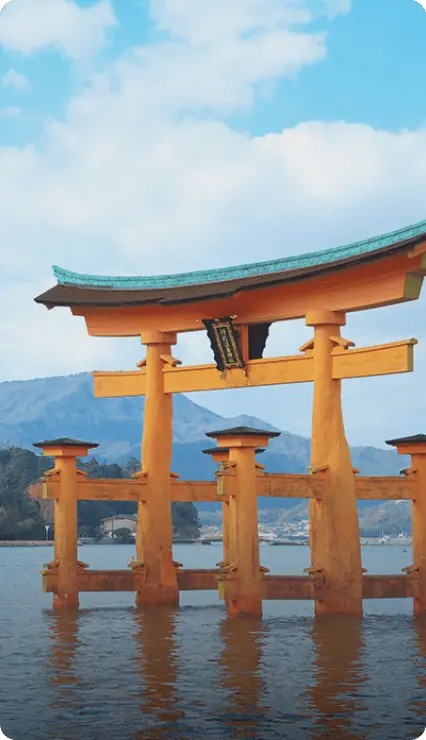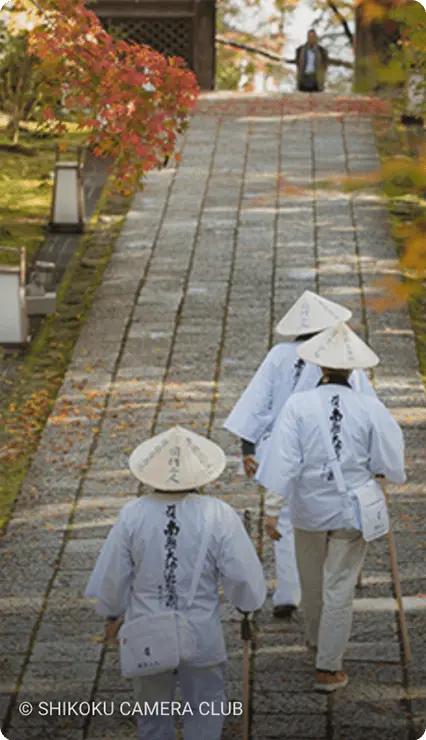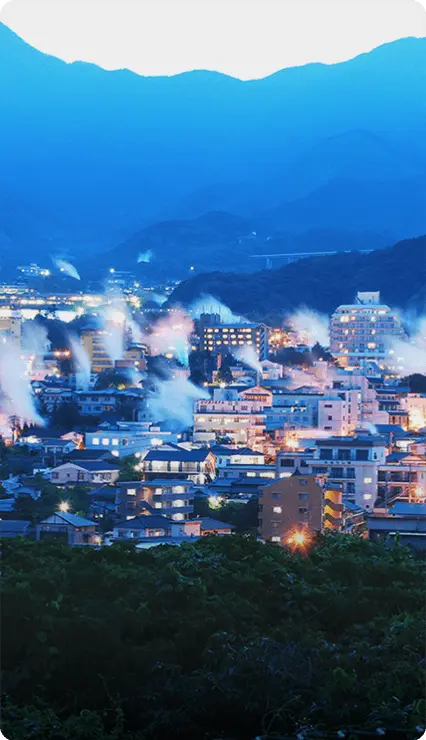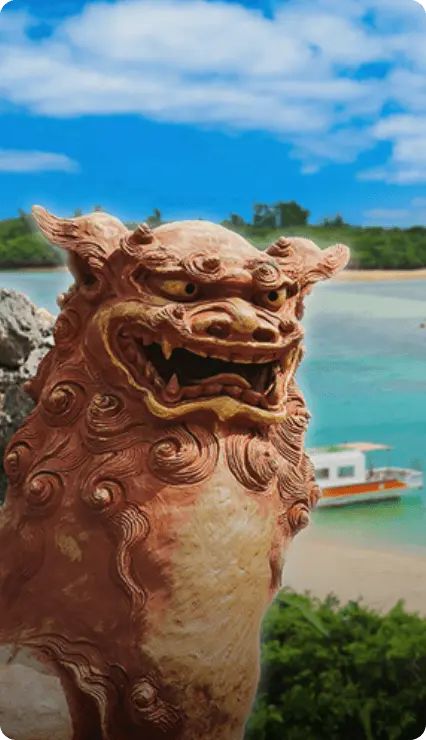
Popular with cyclists, the undulating Kawauchi Pass includes a summit that rewards with panoramic views of the Kujukushima islands and the Genkai Sea.
Off the Beaten Path: Exploring natural playgrounds in Kyushu and Central Japan
In Kyushu and Central Japan, cascading waterfalls, ethereal forests,
and rolling hills beckon visitors to discover their hidden wonders.
BY RACHEL NG
Previously published on nationalgeographic.com
With towering peaks and pristine waters, the diverse landscapes in Japan are nature’s playground for adventure travelers. Throughout the year, outdoor enthusiasts flock to Kyushu and Central Japan, drawn by the opportunity to trek through the breathtaking, ever-changing terrain, paddle the crystal-clear oceans and rivers, and delve into the lesser-known pages of Japanese history. Whether you’re an experienced thrill seeker or a newbie enthusiast, these four destinations offer a wide variety of activities—from kayaking to cycling—that will get your heart pumping.
-

Credit: Shusaku Nagahama
The Yoshino-Kumano National Park receives one of the highest amounts of rainfall in Japan, creating a park resplendent in water features like Nikonikodaki Falls.
-
Nagasaki
-
Situated along the western coast of Kyushu, Nagasaki is known for its ria coastline with approximately 594 large and small islands, as well as its rich history of trade with the Europeans. Learn about the region’s cosmopolitan heritage in Hirado City, where remnants of Portuguese, British, and Dutch influences still remain.
-

Credit: Shusaku Nagahama
The Hirado Cycling Road offers visitors the opportunity to explore Hirado City with its iconic castle, a home of the influential Matsura family, who first initiated trade with Europe.A 12½-mile (20km) Hirado Cycling Road offers visitors the opportunity to pedal around town to explore Hirado City. Built in 1599 and restored in 1962, the Hirado Castle is a Japanese-style castle with a museum that tells the history of the influential Matsura family. Samurai Takanobu Matsura was one of the first feudal lords in Japan to embrace trade with the Portuguese and other Europeans. In 1550, he welcomed Francis Xavier to Hirado, which led to the construction of one of the must-sees along the cycling route: the grand St. Francis Xavier Memorial Church, a mint-green and white gothic church, which commemorates the introduction of Christianity to the region. Visitors can head inside the church and marvel at the colorful stained-glass windows. Cyclists should also make their way up to the hilly Kawauchi Pass summit, where they’ll be rewarded with panoramic views of the Kujukushima (Ninety-nine Islands) and the Genkai Sea. After the rigorous ride, they can take a break at a café and enjoy a slice of fluffy castella cake.
-

Credit: Shusaku Nagahama
Popular with cyclists, the undulating Kawauchi Pass includes a summit that rewards with panoramic views of the Kujukushima islands and the Genkai Sea. -

Credit: Shusaku Nagahama
After pedaling the Hirado Cycling Road, weary cyclists can stop off at Tsutaya, a sweetshop founded in 1502 that still serves casdoce—a cake dipped in egg yolk and boiled in sugar syrup, brought to Japan by Portuguese missionaries.
-
Kagoshima
-
On the southern part of Kyushu, Kagoshima is home to ancient forests that are thought to have inspired a Miyazaki movie, samurai traditions, and Sakurajima, one of the most active volcanoes in Japan. Frequent volcanic activity makes the area fertile ground for excellent produce, like the Sakurajima daikon radishes—one of the world’s heaviest—and sweet and juicy Sakurajima komikan oranges.
To get a closer look, visitors can hop on the Sakurajima Ferry to visit the small volcanic island. The quarter hour ferry ride is in operation 24 hours a day, with a ferry departing every 15 to 20 minutes. A short walk from the ferry terminal, the Sakurajima Visitor Center’s small museum introduces day-trippers to Sakurajima’s volcanic history. Travelers can then head to the 1.9-mile-long (3km) Sakurajima Lava Nagisa Promenade, along the lava-covered coastline, which was formed during the 1914 eruption. The trail leads to the Sakurajima Yogan Nagisa Park Footbath, where tired hikers can soak their feet in natural hot spring water infused with iron.
-

Credit: © Kagoshima Convention & Visitors Bureau
Kagoshima, in the southern part of Kyushu, is home to imagination-igniting landscapes and forests synonymous with Japanese creativity. -

Credit: © Kagoshima Convention & Visitors Bureau
Kagoshima’s Sakurajima is one of the most active volcanoes in Japan, on a small island easily accessible via Sakurajima Ferry. -

Credit: © Kagoshima City
Along the Sakurajima Lava Nagisa Promenade, Yogan Nagisa Park Footbath is an iron-infused natural hot spring where hikers can soak their feet.The Visitor Center also rents out 24-speed bikes, arguably the best mode of transportation to explore the island’s 36-km perimeter. The Kurokami Observation Point has a prime view of the Showa crater, while the Arimura Lava Observatory, a hilltop location with a 0.6-mile (1km) trail through the lava field, offers a different perspective of the volcano and Kinko Bay. Adventure seekers can also embark on a geokayak tour around Kinko Bay for an unparalleled panorama of Sakurajima.
-
Ishikawa
-
On the coast of the Sea of Japan in Central Japan, Ishikawa is known for its capital, Kanazawa, where tourists can time-travel back to Japan’s past with visits to the 16th century Kanazawa Castle, the 17th century Kenroku-en, and one of the best-preserved Edo-period cities in Japan. Southwest of Kanazawa, near the 1,300-year-old hot spring town Yamanaka Onsen, the Kakusenkei Gorge along the Daishoji River is a kaleidoscope of nature’s colors, from powdery white winters to bursts of orange, yellow, and red hues during the fall. The 0.8-mile (1.3km) trail along the riverbanks connects to three bridges: the cypress wood Korogi Bridge; a modern, red-steel, S-shaped Ayatori-hashi Bridge; and the stone-arched Kurotani Bridge. Trekkers can take a break at the Kakusenkei Kawadoko café, adjacent to the Ayatori Bridge. The charming café has tatami-lined platforms along the river, where folks can enjoy matcha and cake under red umbrellas.
-

Credit: ©PIXTA
In Central Japan, Ishikawa Prefecture lets visitors explore back in time with its old-world natural spaces. One of Japan’s most celebrated landscape gardens, Kenroku-en has a variety of flowering trees that give it a different look for each season. -

Credit: ©Ishikawa Prefectural Tourism League
Kakusenkei Kawadoko is a riverside café in Kakusenkei Gorge where you can stop for a local kaga bocha tea, served with sweets like iced green tea shiruko (a soup-like dessert with red beans) and a locally-made Kawadoko roll cake.
-
Mie
-
Located on Japan’s main island of Honshu, Mie is dotted with historic towns, sacred temples and shrines, waterfalls, and dense forests, along with more than 600 miles (1,000km) of coastline. During the warmer months, visitors can cool off by paddling out to the Kumano Sea on a kayak or stand-up paddle board. The crystal clear, emerald-green water overlooks uninhabited islands and the verdant, jagged mountains etched with paths that lead hikers through the ancient Kumano Kodo pilgrimage trail. One of the private beaches serves as a respite from the hot sun.
-

Credit: Shusaku Nagahama
Stepping through the hiking trails of Mie, your journey will be peppered with cascades like Dokura-taki Falls.With a local expert guide, visitors can trek deep into the wilderness of Osugidani Valley, located in Yoshino-Kumano National Park. The off-grid adventure takes travelers through a gorge, traversing rivers and waterfalls, crossing wobbly suspension bridges, and climbing up rocky trails. The experience culminates in an unforgettable open-fire cookout.
-

Credit: Shusaku Nagahama
The Yoshino-Kumano National Park receives one of the highest amounts of rainfall in Japan, creating a park resplendent in water features like Nikonikodaki Falls. -

Credit: Shusaku Nagahama
Elsewhere in Yoshino-Kumano National Park, off-grid adventurers can traverse through a gorge, across a wobbly suspension bridge.Another unique experience in Mie is a visit to Toshijima, an island of fishermen in Ise Bay, off the east coast of central Honshu. An eco-tour with a guide offers a taste of island life, including seeing a high-stakes seafood auction in action where visitors can be involved in the bidding. The excitement of the market is followed by lunch at a local diner featuring freshly caught seafood, prepared in a local “home-cooked” manner. Other seasonal tours in Toba include kayaking or a boat fishing tour in pursuit of fish like red sea bream and rockfish.
Kyushu
While many people may associate Japan's main islands with temperate forests and snowcapped mountains, the climate is very different in the deep south of the country. Kyushu is a subtropical paradise with warm seas, verdant gorges and glorious beaches. See another side of Japan in this unique region.





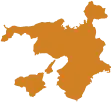






Hokkaido

Tohoku

Greater Tokyo

Central Japan

Kansai

San'in

Setouchi

Shikoku

Kyushu

Okinawa





